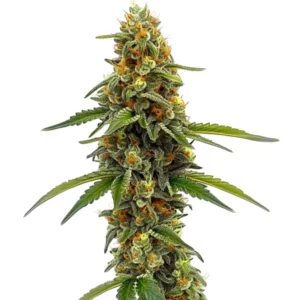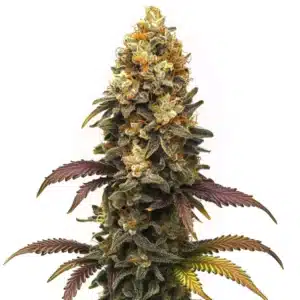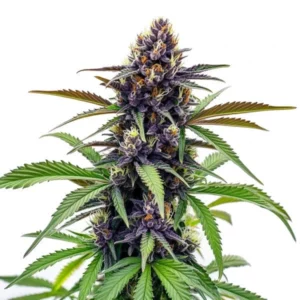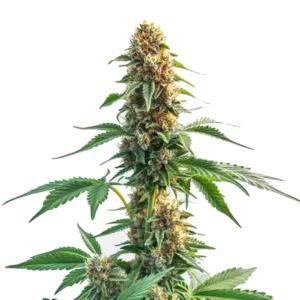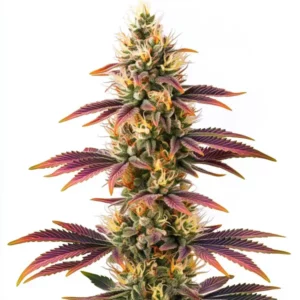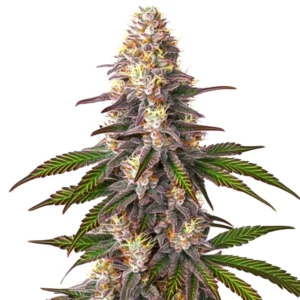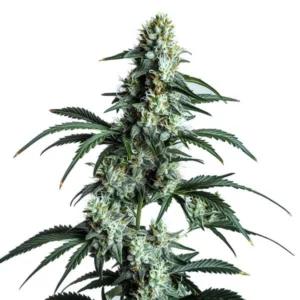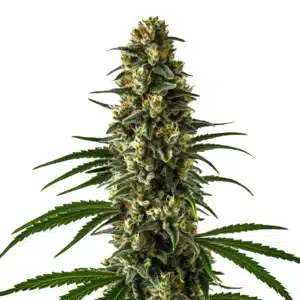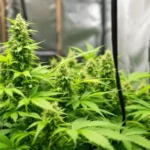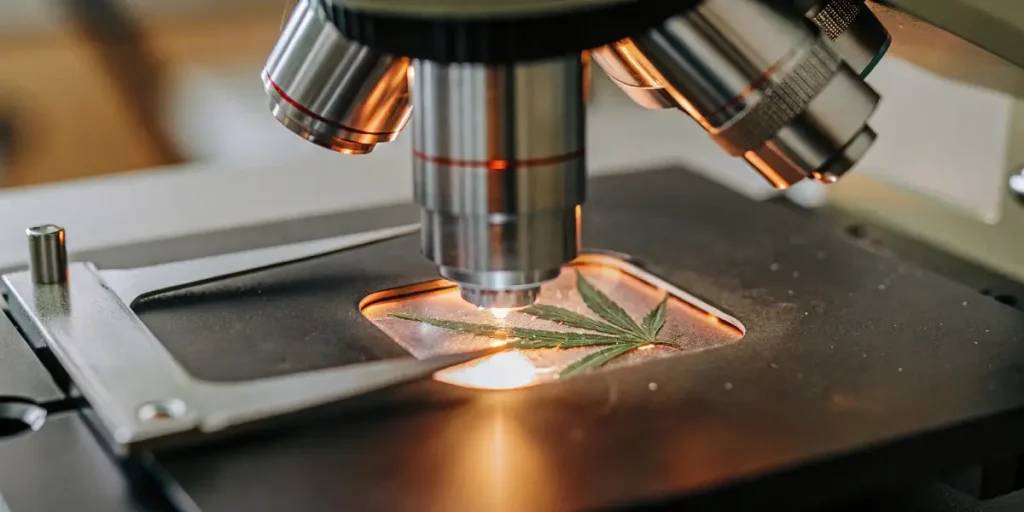
Your Plant’s Inner Battle: A Grower’s Guide to Free Radicals
You hear the term “free radicals” and it sounds complex and scientific. But let’s simplify it. Think of free radicals as the microscopic “exhaust fumes” from your plant’s internal engine.
When your plant is running smoothly, photosynthesizing, growing, breathing, it produces a small, manageable amount of these fumes. But when your plant gets stressed by things like intense light, heat, or a bad environment, its engine starts running poorly. It sputters and coughs out a massive amount of these toxic exhaust fumes. These free radicals then bounce around inside the plant’s cells, causing damage. That damage is what we call “oxidative stress.”
Recommended Strains
ACDC (1:18)
|
|
CBD | 18% (Medium) |
|
|
Type | CBD Feminized |
|
|
Yield | Medium |
|
|
Phenotype | 50% Indica / 50% Sativa |
BC Diesel
|
|
THC | 18% - 20% (Medium) |
|
|
Type | Feminized |
|
|
Yield | Medium |
|
|
Phenotype | 35% Indica / 65% Sativa |
Your Plant’s Own Defense Force
Luckily, your plant isn’t helpless. It has its own internal army to clean up and neutralize these toxic fumes. This defense force is made up of a powerful team:
- Antioxidants and Vitamins: These are the frontline soldiers that neutralize the free radicals directly.
- Phytohormones (Auxins and Gibberellins): These are the generals and medics. They command the plant’s growth, manage its stress response, and direct repairs.
Your job as a grower is to make sure this internal army is always strong, well-supplied, and ready for battle.
Promos & Deals
How to Keep Your Plant’s Army Strong
So how do you do it? You don’t need to be a scientist. You just need to be a great grower who masters the fundamentals.
1. The Master Switch: A Stable pH The strength of your plant’s internal army depends on its ability to eat. If your plant can’t absorb the nutrients it needs, it can’t build its defenses. The master switch for nutrient absorption is a stable watering pH of 6.0 (for soil). If your pH is out of whack, your plant is locked out from its food, its engine sputters, and those toxic free radicals start building up.
2. Basic Hygiene: A plant under attack from pests or struggling to breathe is a stressed plant. Remember to regularly and gently clean the underside of the leaves with a spray of water. This is where the plant breathes, and it’s also where pests love to hide. A clean plant is a low-stress plant.
The Pro-Level Flush: A Clean Finish
Here’s a technique that expert growers use to ensure their final product is as clean and high-quality as possible. In the last two weeks of the plant’s life, they perform an aggressive root flush.
They drench the soil with large amounts of clean water with a pH lowered to 5.5. This does two amazing things: it flushes out any excess nutrient salts from the medium, leading to a smoother taste. And second, it helps the plant’s system clear out any accumulated free radicals, allowing it to finish its life cycle in a state of pure, clean health.
By focusing on these fundamentals, you Nurture a plant’s ability to defend itself. Genetically tough strains like Gorilla Glue #4, Blue Dream, and Sour Diesel already have a powerful internal army. Your job is to give them the perfect environment to Thrive. That’s the art of Homegrown cultivation.
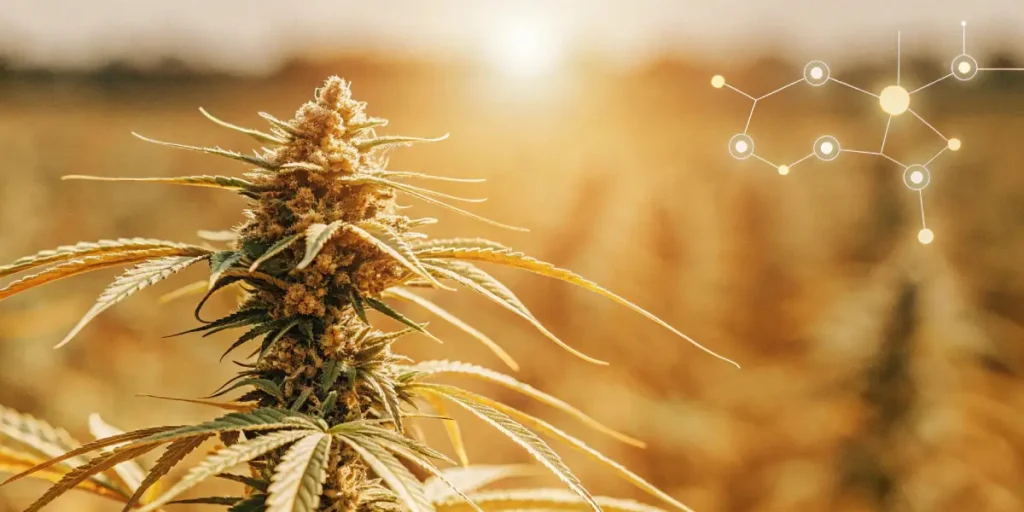
Frequently Asked questions
What are “free radicals” in simple terms for a grower?
Think of them as the toxic “exhaust fumes” from your plant’s internal engine. A healthy plant produces very few, but a stressed plant produces a lot. These “fumes” then damage the plant’s cells from the inside out, causing what we call oxidative stress (yellowing, burnt-looking leaves).
What is the best way to help my plant fight free radicals?
Keep its internal “army” strong by mastering the fundamentals. The single most important thing is maintaining a stable watering pH of 6.0 (for soil). This ensures the plant can absorb all the nutrients it needs to build its own defenses (antioxidants, vitamins, and hormones) without stress.
What is a “final flush” and how does it help with free radicals?
A final flush is when you water your plants with a large amount of clean, pH 5.5 water for the last week or two before harvest. This flushes out excess salts for a better taste and helps the plant’s system clear out any built-up free radicals, ensuring it finishes its life in a clean, low-stress state.
What are some of the natural compounds my plant uses to defend itself?
Your plant has a whole toolkit. The main players are antioxidants and vitamins, which directly neutralize free radicals. But the real commanders are the plant’s own hormones, like auxins and gibberellins, which regulate the plant’s overall stress response and recovery.


